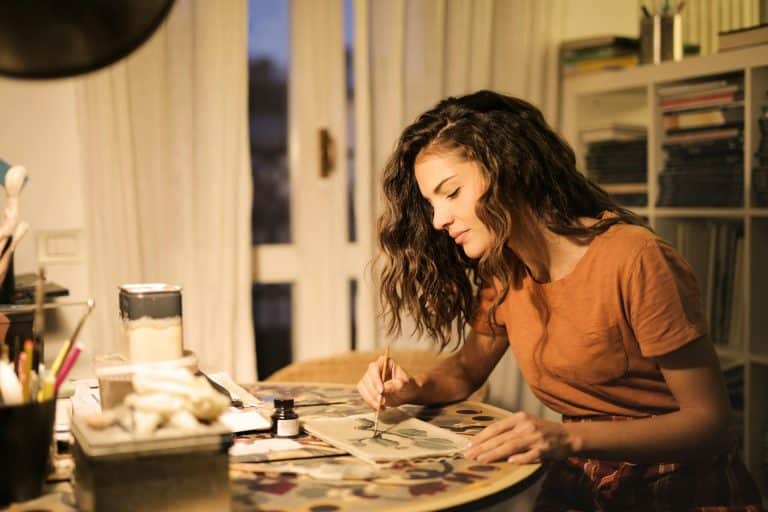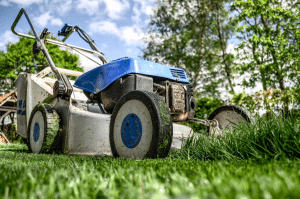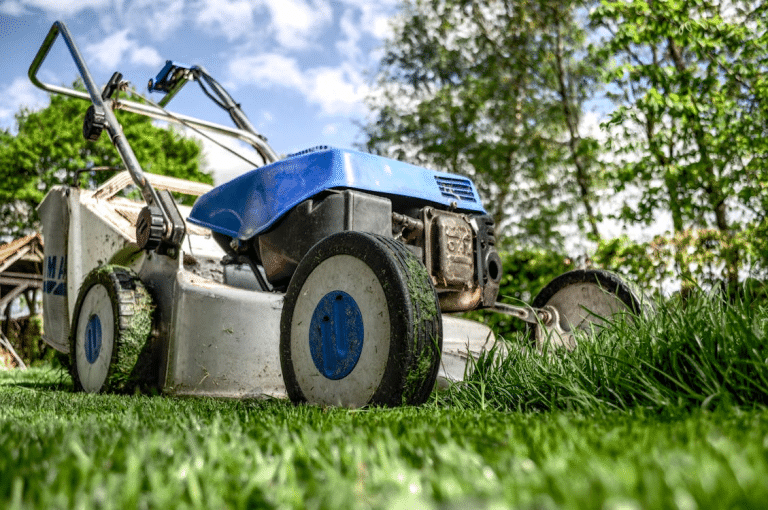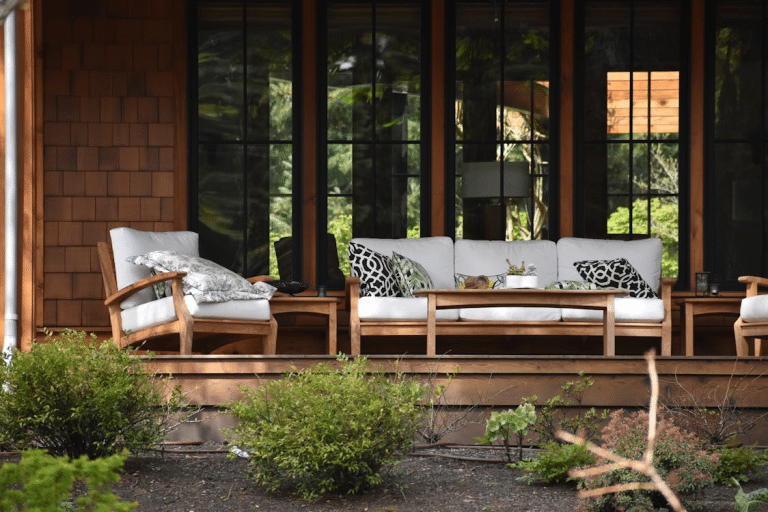Transforming your outdoor shed into a dedicated hobby room or art studio is a fantastic way to expand your creative space without taking over your home. Whether you enjoy painting, crafting, or working on DIY projects, having a separate area allows you to focus, stay organized, and reduce clutter in your living space.
With some careful planning and practical renovations, your ordinary shed can become an inspiring retreat that fuels your creativity. This guide will walk you through each step of converting your shed into a functional, stylish, and versatile hobby room or art studio, including tips on setting up a woodworking shop.
Assessing Your Shed and Planning Your Space
The first step in any renovation is evaluating the shed itself. Check the size, structural condition, and overall layout to determine its potential. Decide whether your space will primarily serve as an art studio, a hobby room, or a combination of both. Consider what activities will take place and the equipment you’ll need.
Planning your layout is essential for functionality:
- Allocate specific zones for crafting, painting, or woodworking.
- Ensure there is sufficient storage for supplies and tools.
- Identify areas that require lighting or electrical outlets.
By visualizing your ideal setup, you can make the most of your shed and prevent costly mistakes later.
Preparing the Shed for Renovation
Before adding furniture or equipment, prepare your shed to create a safe and comfortable workspace. Start by cleaning out any clutter and debris. Inspect the structure for damage, such as leaks, weak flooring, or deteriorating walls, and make repairs as needed.
Weatherproofing and insulation are crucial for year-round use. Adding insulation keeps the shed warm in winter and cool in summer, while sealing gaps prevents drafts and moisture buildup. Installing windows or skylights brings in natural light, which is particularly important for artistic work and maintaining a pleasant environment.
Designing a Functional Art Studio
A well-designed art studio balances inspiration and organization. Use shelves, drawers, and storage bins to keep supplies neatly arranged and easily accessible.
Lighting is key: natural light is ideal, but adding task lighting ensures you can work comfortably at any time. Consider adjustable lamps or LED fixtures that reduce shadows and glare.
Add personal touches like wall art, mood boards, or inspirational quotes to create an inviting space that encourages creativity. Comfortable seating, a sturdy work table, and enough room to move around freely will make your studio both functional and motivating.
Incorporating a Woodworking Shop
For those interested in woodworking, your shed can double as a small-scale workshop. How To Turn Your Outdoor Shed Into A Woodworking Shop involves planning for safety, organization, and efficient use of space.
Essential considerations include:
- Tools and Equipment: Install benches, clamps, saws, and storage for hand tools and materials.
- Ventilation: Proper airflow is critical to remove dust and fumes. Consider a small exhaust fan or openable windows.
- Dust Collection: Use a dust extractor or vacuum system to maintain a clean and safe environment.
- Organization: Store materials vertically and use pegboards for tools to save space.
- Safety Measures: Keep fire extinguishers accessible, wear protective gear, and ensure electrical outlets are suitable for power tools.
With careful planning, your woodworking area can coexist with your art or hobby space, creating a multi-functional shed that meets all your creative needs.
Adding Multipurpose Features
Flexibility is important when converting a shed into a multi-use space. Consider foldable tables, movable storage units, and modular shelving to adapt the area for different projects.
This allows you to seamlessly transition between art, crafts, and woodworking without crowding the shed. Multi-purpose features also make cleaning and maintenance easier, keeping the space organized and functional at all times.
Personalizing Your Shed Hobby Room
Adding personal touches makes your shed feel inviting and encourages regular use. Decorate with colors that inspire creativity or incorporate comfortable seating for relaxation between projects.
Display completed projects or inspirational items on walls and shelves to maintain motivation. Small touches like rugs, plants, or custom lighting can make the shed a true extension of your personal style, enhancing both aesthetics and functionality.
Maintaining Your Hobby Space
Once your shed is converted, maintenance is key to keeping it usable and safe. Regularly clean the floors and surfaces to prevent dust and debris buildup. Inspect for leaks, pests, or weather damage that could affect both your art and woodworking equipment.
Keep tools and supplies in designated areas, and rotate materials as needed to ensure everything remains in good condition. With consistent upkeep, your shed will remain a comfortable, productive, and inspiring creative space for years to come.













